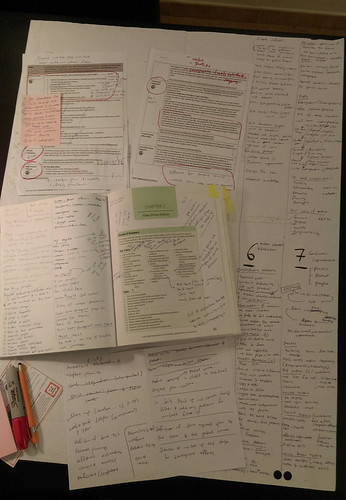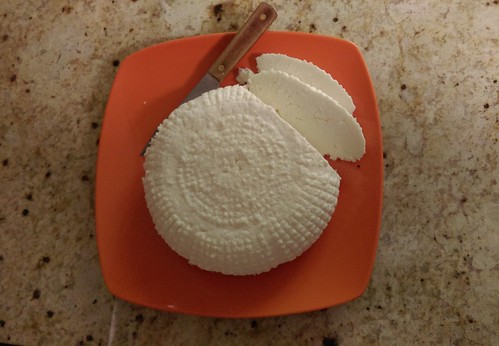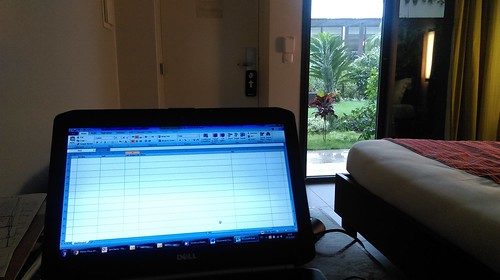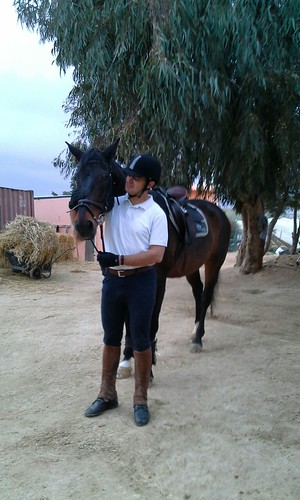This is Floria, post my horseback riding exam. March was an eventful month, with some good lessons learned too. Two trips, one race, and two exams. Bting more than I can chew? Or, if you want something done, ask a busy person? At one point I did not have a choice, the horseback riding exam and the Dead to Red race happen once a year.
Number 1: a business trip to Cote d'Ivoire
Team Cote d'Ivoire prefer to do the workshop in French and am not fluent in French. Two options, either to give the opportunity away, or to take my chances. Eventually, I left my comfort zone, and the outcome was -despite all my mistakes- that I officially completed my first workshop in French (chapeau bas pour moi).
Takeaway: good things come to you when you leave the comfort zone
Number 2: Dead to Red, a 242 km relay race
I usually run in the evenings where I have to drive to my running track. Too exhausted to follow my habit I had to come up with a new plan: a new running track where I run in the morning directly from my house. Even when I was in Cote d'Ivoire I used to run in Abidjan.
Takeaway: importance of adaptation
Number 3: DELF A2
This is a French language exam held by the Institut Francais, the exam occurs three times a year, but I felt I was ready for this session.
Previously, I missed the last session of 2015. My trip to Cote d'Ivoire was also a very good exercise, practicing French and solving mock exams.
Takeaway: if you miss a train, prepare yourself for the next one
Number 4: horseback riding exam (perhaps the sad part of the story)
The exam has two parts, I passed level two but I did not pass the jumping part (yes I admit I failed!). Strangely this time it felt fulfilling to fail. I have been thinking of doing this exam since last year, enrolling for the exam actually put me under the commitment to prepare hard by reading, training intensively, and watching youtube videos, which helped me acquire more knowledge.
Takeaway: trying and failing still feels better than not trying because you are too afraid
Number 5: business trip number 2
Management decided the trip will not happen in March anymore.
Takeaway: in reality, not all of what you expect will eventually happen.
Overall, March was an exam itself, and the major takeaway is: the right time is always now, you will never be perfectly ready.














